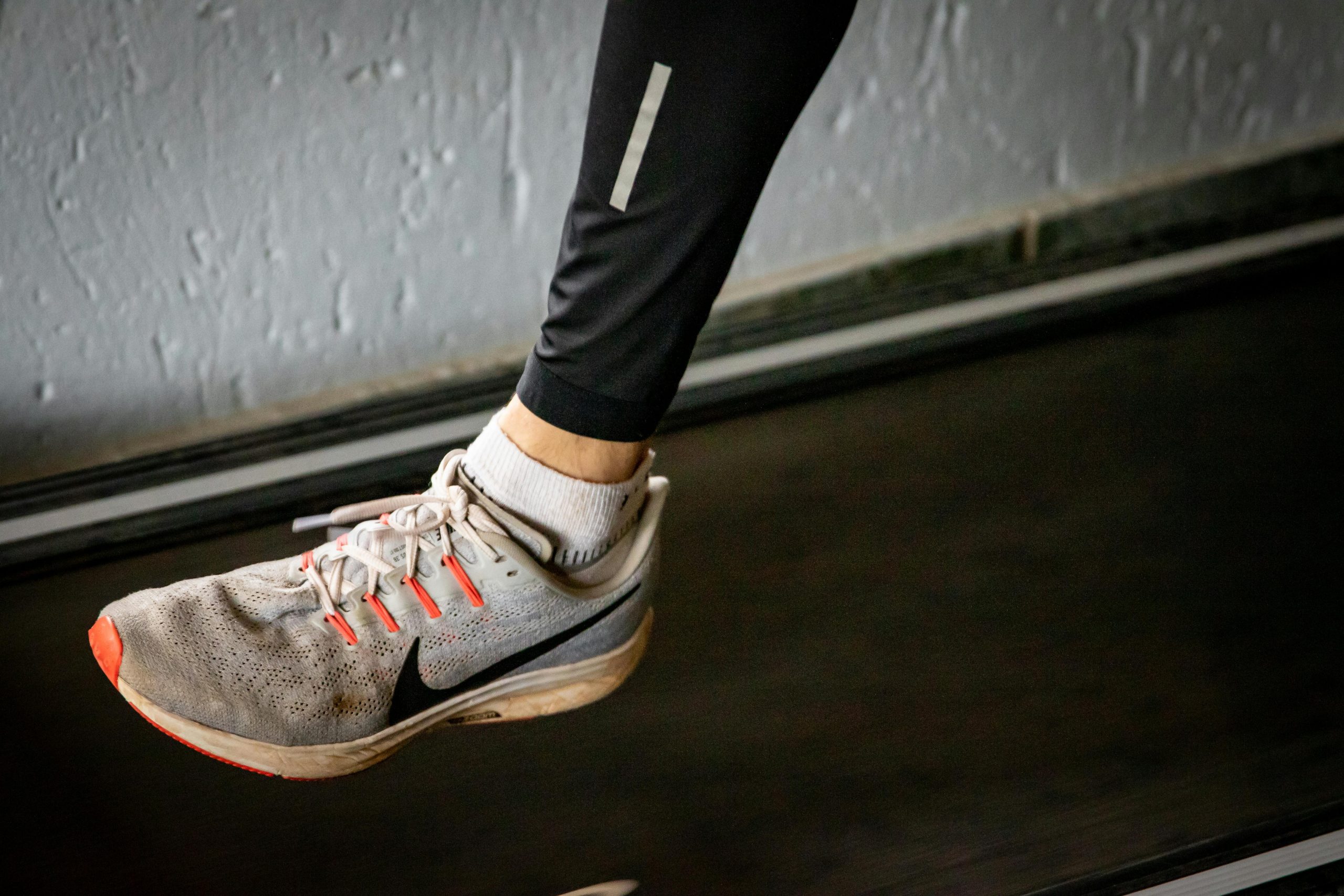06 / Dec
In Australia and New Zealand, businesses are leveraging personalisation to gain a competitive edge in their markets. By customising products, services, and messaging, they are forging deeper connections with consumers, which enhances satisfaction and fuels growth. In today’s landscape, personalisation is no longer a luxury; it’s a necessity. So, how does this transformative strategy actually work?
Personalisation is increasingly becoming a top priority for many consumers, who now seek more meaningful and tailored interactions at every touchpoint. With the rise of digital technology, people can easily compare brands, channels, and products, leading to heightened expectations. Recent research from PwC Australia reveals that 80% of consumers view their own experience with a company as equally important as the product itself. [1]
As Laurence Dell, Head of Customer Transformation at PwC Australia, states, “Customer personalisation is key to building loyalty because it turns transactions into meaningful relationships, making customers feel valued and understood, which in turn drives repeat business.” [2]
As the market becomes more competitive, personalisation is no longer an option; it’s a necessity. Insights from the New Zealand Shopper Experience Report by CommerceTools reveal that a significant 70% of Kiwi consumers are more inclined to shop with retailers that provide personalised experiences. Moreover, 56% of these consumers are willing to pay a premium for such tailored offerings. [3] These findings highlight that businesses focusing on personalisation can better attract customers and build lasting loyalty in competitive retail environments.
Brands are increasingly weaving personalisation into their marketing strategies to engage customers, foster loyalty, and drive sales by creating experiences that align with individual needs and preferences.
A prime example is Nike, which has built a comprehensive digital ecosystem that encompasses its website, app, and social media platforms. This integration allows Nike to offer personalised experiences, including customised product recommendations, exclusive content, and a smooth shopping journey. Their membership program gives users perks such as early access to new releases, discounts, and unique content, while the Nike Training Club (NTC) and Nike Run Club (NRC) apps offer tailored fitness guidance and tracking capabilities. [4]

In comparison, Adidas takes customer experiences to the next level with its Miadidas platform, which lets users customise their shoes by selecting colours, materials, and adding text. This real-time design interface provides instant visual feedback on changes, creating an engaging and personalised shopping experience that fosters a sense of ownership and showcases individual style. [5] By focusing on personalisation, brands like Nike and Adidas not only meet customer expectations but also create memorable experiences that build loyalty, enhance engagement, and distinguish themselves in a competitive market. “Run clubs are the new Tinder” is the common remark now, and brands are keen to get involved to be part of the 5am club.

Why is this trend growing?
Artificial intelligence is a major driver for the personalisation trend. AI-Driven personalisation is a big time-saver for modern marketers. By using consumer data to craft tailored experiences that enhance engagement and satisfaction, they can be much more effective. Utilising key strategies such as personalised product recommendations, AI-powered chatbots and dynamic pricing are key to meeting each consumers preferences. [6] According to a whitepaper by New Zealand’s Ministry of Business, companies risk becoming unviable if they do not leverage AI to meet evolving consumer expectations. [7] In order to stay competitive, businesses must embrace AI-driven personalisation to ensure they meet the changing demands of consumers.
The number of businesses in Australia and New Zealand has grown in recent years as post-pandemic recovery continues, leading to heightened competition for consumers. [8] [9] With this growth, consumers now have more choices than ever, raising their expectations for tailored experiences that align with their specific preferences and needs.
If marketers and brands can tap into improved personalisation, they can build stronger connections, increased brand loyalty and stand out within a highly competitive marketplace.
Make sure to check out the other Top Consumer Trends in 2025 for Australia and New Zealand.
[1] The 2025 Trends Set to Shake Up the Australian Service Industry, PwC, October 2024
https://www.pwc.com.au/consulting/digital-transformation/exceptional-customer-service-is-the-new-industry-standard/the-2025-trends-set-to-shake-up-the-australian-service-industry.html
[2] The 2025 Trends Set to Shake Up the Australian Service Industry, PwC, October 2024
https://www.pwc.com.au/consulting/digital-transformation/exceptional-customer-service-is-the-new-industry-standard/the-2025-trends-set-to-shake-up-the-australian-service-industry.html
[3] The Australia & New Zealand Shopper Experience Report, Commerce Tools, 2024
https://commercetools.com/resources/whitepaper/the-australia-new-zealand-shopper-experience-report
[4] How Nike engages customers through digital innovation in customer experience, Renascence, September 2024
https://www.renascence.io/journal/how-nike-engages-customers-through-digital-innovation-in-customer-experience-cx
[5] How Adidas innovates customer experience with personalised shopping and sustainability initiatives, Renascence, September 2024
https://www.renascence.io/journal/how-adidas-innovates-customer-experience-cx-with-personalized-shopping-and-sustainability-initiatives
[6] Mastering AI-Driven Personalisation – Top Strategies for Modern Customer Experience, NICE, 2024
https://www.nice.com/info/mastering-ai-driven-personalization-top-strategies-for-modern-customer-experience-cx
[7] Artificial Intelligence – Shaping a Future New Zealand, New Zealand Ministry of Business, May 2018
https://www.mbie.govt.nz/dmsdocument/5754-artificial-intelligence-shaping-a-future-new-zealand.pdf
[8] New Zealand Business Demography Statistics: At February 2024, Stats NZ, February 2024
https://www.stats.govt.nz/information-releases/new-zealand-business-demography-statistics-at-february-2024/
[9] Counts of Australian Businesses – Including Entries and Exits, Australian Bureau of Statistics, August 2024
https://www.abs.gov.au/statistics/economy/business-indicators/counts-australian-businesses-including-entries-and-exits/latest-release




Comments (0)